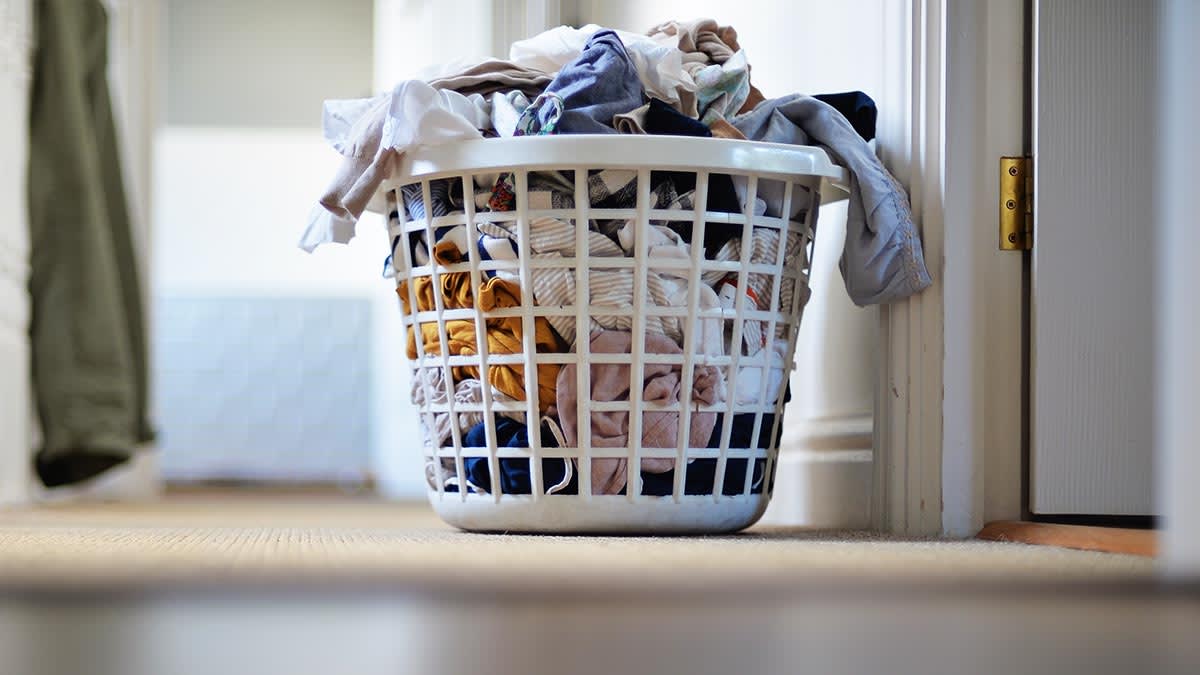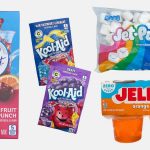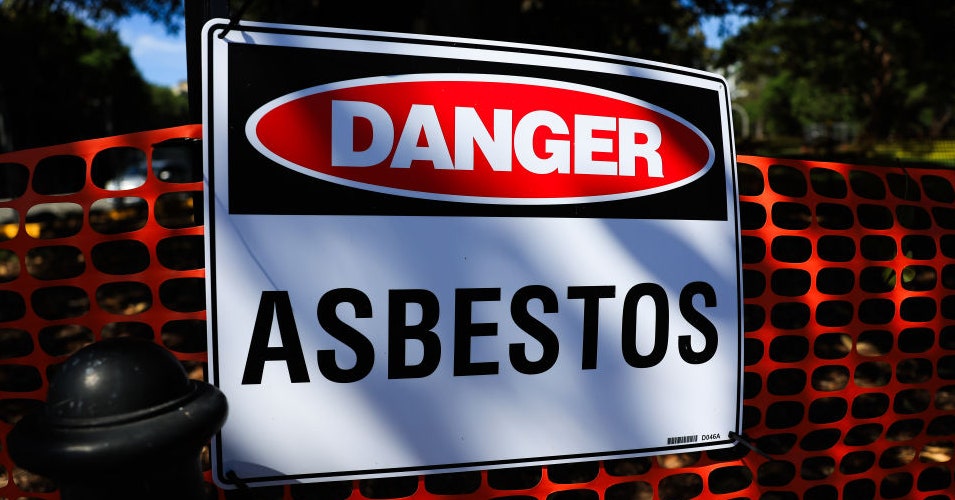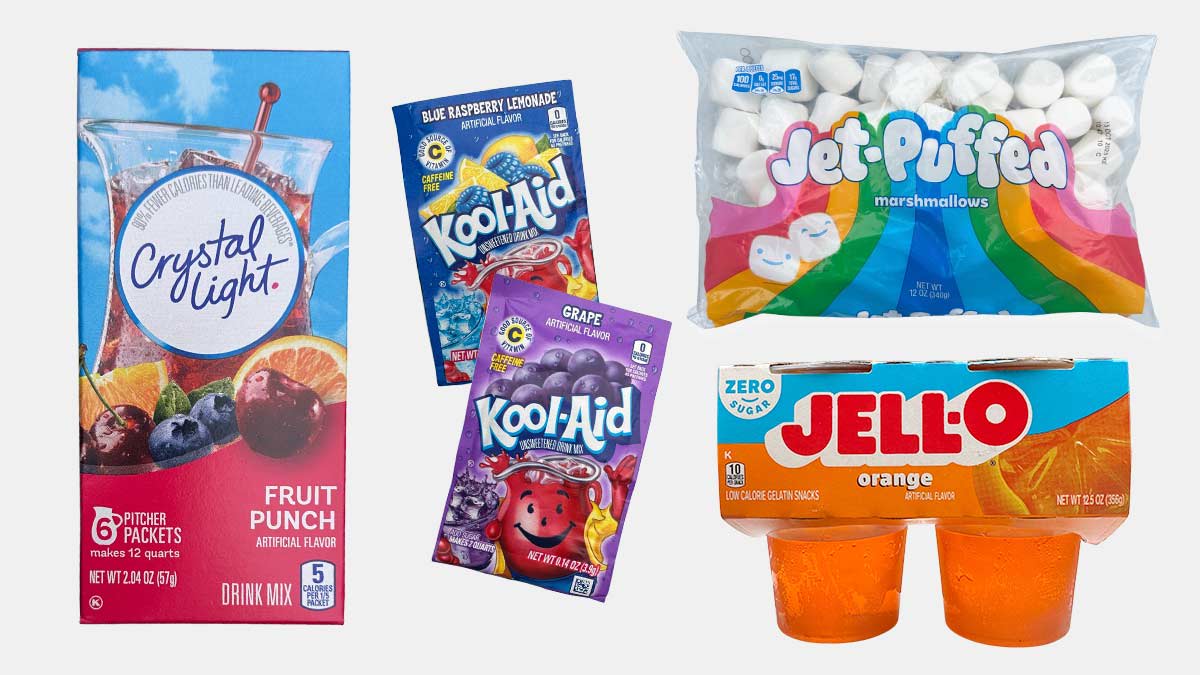
Today, most laundry detergents are concentrated—thick, like a pint of Guinness. So go light. Excessive detergent becomes a hangover pollutant that doesn’t go down well for your clothes, your wallet, or Mother Earth. Plus, it can leave detergent streaks, stains, or an itch-triggering film on your clothes.
“If you overdose on concentrated detergent, modern washers compensate and use more water to clean your clothes,” Handel says. “That means extra detergent-laced water dispersed into water systems. And you’ll end up with higher water bills and buying additional detergent unnecessarily.”
Here’s what Handel recommends:
Use the recommended amount, which is typically 1½ ounces for a normal load. Use twice as much for large loads or very soiled clothing. But never eyeball it. Ignore the faint lines of the detergent bottle measuring cup. Instead, raid your cocktail cabinet for an extra shot glass or jigger to measure and pour the correct amount of detergent into your washing machine dispenser. A full shot glass is about 1½ ounces.
Add powder detergent, pods, or scent beads to the drum before you load clothes so they dissolve better in water. Tossing them in on top of your load undercuts your cleaning efforts.
Never use the washer dispenser’s detergent level indicator, because it represents the maximum amount of detergent the washer can handle (too much!). In other words, don’t throw away your shots.
Skip fabric softener or use it sparingly because it’s generally a waste of money, Handel says. It can also irritate sensitive skin, leave residue, limit your towels’ absorption, and gunk up your washer’s sensors.









